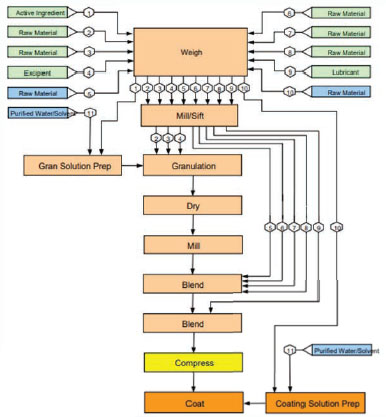- Home
- Gloves
Gloves
Isolator gloves and sleeves with designs and materials for every application
Design
- Seamless one-piece gloves and sleeves : provide maximum strength and integrity. This design is ideal for handling hazardous substances and protecting sensitive materials.
- Two-piece gloves and sleeves : a good choice for applications that require frequent glove changes. The sleeves remain attached to the glove port while the gloves are replaced. This design include a sleeve-to-glove connecting clamp to support easy glove changes.
- Accordion two-piece gloves and sleeves : prevent the sleeve from collapsing and allow for more air circulation through the gloves. The durable accordion sleeves support frequent glove changes and carry a longer shelf-life than one-piece glove and sleeve designs.
Materials
- Neoprene : offers high tensile strength, dexterity, and flexibility. Neoprene gloves can be strengthened with an outer film of Hypalon to withstand autoclaving and disinfection cycles.
- Butyl : features the highest impermeability to water vapor, gases, and toxic chemicals, including most acids and bases. It also resists swelling and attack by many solvents and oxidizing chemicals, and it remains flexible at temperatures as low as -40°C.
- Hypalon : offers outstanding resistance to abrasion, oxidizing chemicals, and ozone (a common source of glove failure in a dry box).
- Latex : is naturally more flexible than other glove materials and has moderate chemical resistance. It also offers excellent dexterity but may cause hypoallergenic reactions.
- Nitrile : gloves have good resistance to punctures, solvents, oils, and greases.
Block Diagram : Tablet Manufacturing






